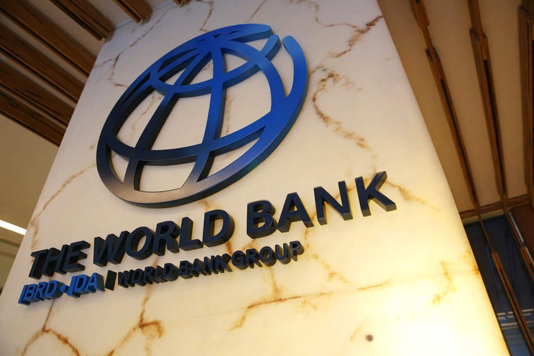DHAKA, March 31, 2021 (BSS) – Prospects of an economic rebound in South
Asia are firming up as the area’s growth is set to increase by 7.2 percent in
2021 and 4.4 percent in 2022, climbing from historic lows in 2020 and putting
the region on a path to recovery.
But, growth is uneven and economic activity well below pre-COVID-19
estimates, as many businesses need to make up for lost revenue and millions
of workers, most of them in the informal sector, still reel from job losses,
falling incomes, worsening inequalities, and human capital deficits, says the
World Bank in its twice-a-year-regional update.
Released today, the latest South Asia Economic Focus South Asia
Vaccinates shows that the region is set to regain its historical growth rate
by 2022. Electricity consumption and mobility data is a clear indication of
recovering economic activity.
India, which comprises the bulk of the region’s economy, is expected to
grow more than 10 percent in the fiscal year 2021-22-a substantial upward
revision of 4.7 percentage points from January 2021 forecasts.
The outlook for Bangladesh, Nepal, and Pakistan has also been revised
upward, supported by better than expected remittance inflows: Bangladesh’s
gross domestic product (GDP) is expected to increase by 3.6 percent in 2021;
Nepal’s GDP is projected to grow by 2.7 percent in the fiscal year 2021-22
and recover to 5.1 percent by 2023; Pakistan’s growth is expected to reach
1.3 percent in 2021, slightly above previous projections.
The improved economic outlook reflects South Asian countries’ efforts to
keep their COVID-19 caseload under control and swiftly roll out vaccine
campaigns. Governments’ decisions to transition from widespread lockdowns to
more targeted interventions, accommodating monetary policies and fiscal
stimuli-through targeted cash transfers and employment compensation programs-
have also propped up recovery, the report notes.
“We are encouraged to see clear signs of an economic rebound in South
Asia, but the pandemic is not yet under control and the recovery remains
fragile, calling for vigilance,” said Hartwig Schafer, World Bank Vice
President for the South Asia Region.
“Going forward, South Asian countries need to ramp up their vaccination
programs and invest their scarce resources wisely to set a foundation for a
more inclusive and resilient future.”he added.
While laying bare South Asia’s deep-seated inequalities and
vulnerabilities, the pandemic provides an opportunity to chart a path toward
a more equitable and robust recovery.
To that end, the report recommends that governments develop universal
social insurance to protect informal workers, increase regional cooperation,
and lift customs restrictions on key staples to prevent sudden spikes in food
prices.
South Asia, which grapples with high stunting rates among children and
accounts for more than half of the world’s student dropouts due to COVID-19,
needs to ramp up investments in human capital to help new generations grow up
healthy and become productive workers.
Noting that South Asia’s public spending on healthcare is the lowest in
the world, the report also suggests that countries further invest in
preventive care, finance health research, and scale up their health
infrastructure, including for mass and quick production of vaccines.
The health and economic benefits from vaccinations greatly exceed the
costs involved in purchasing and distributing vaccines for all South Asian
countries,” said Hans Timmer, World Bank Chief Economist for the South Asia
Region.
“South Asia has stepped up to vaccinate its people, but its healthcare
capacity is limited as the region only spends 2 percent of its GDP on
healthcare, lagging any other region. The main challenge ahead is to
reprioritize limited resources and mobilize more revenue to reach the entire
population and achieve full recovery,” added the World Bank official.



